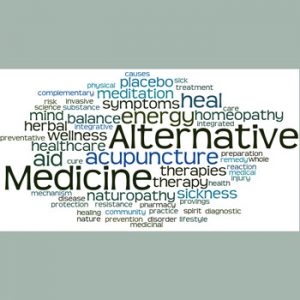
More evidence that low-calorie sweeteners are bad for your health
Studies show that artificial sweeteners can raise the risk of hypertension, metabolic syndrome, type 2 diabetes and heart disease, including stroke.

A form of body work which aims to restructure the body and re-align it to work in harmony within the field of gravity.
Rolfing does this through movement, touch and re-education designed to release patterns of stress and tension held in the body. Past injury, illness, physical and emotional trauma affect the way we hold our bodies, as does our lifestyle. When one part of our body is out of alignment the rest of the body compensates, rolfing believes it is vital to realign the whole body and to re-educate the body in new ways of movement.
What conditions is it used for?
Rolfing can improve your posture, making you feel lighter, taller and more balanced with an increased range of movement. Deep (and sometimes painful) manipulation of muscles and connective tissue helps to unknot the body and release the patterns of stress and tension which have developed throughout life.
By releasing tensions held in the body it frees up a lot of energy and can make you feel more vital, it can also significantly reduce chronic stress. It can benefit in particular those suffering from headaches, sciatica, joint pain, asthma and circulatory problems. Emotions which have been trapped are often released – clients frequently report positive changes in their outlook on life.
What to expect
Your Rolfing practitioner will ask about your physical and emotional medical history. They will then ask you to relax lying or sitting down. They will work deeply but gently with their hands and may ask you to assist by making slow precise movements. The body needs time to integrate these changes and you will normally need about ten sessions at weekly intervals to see a sustained change in your posture and movement.

Please subscribe me to your newsletter mailing list. I have read the
privacy statement